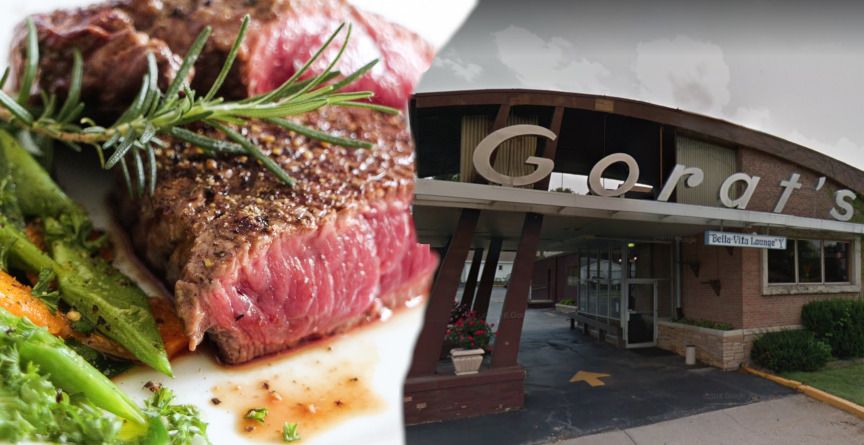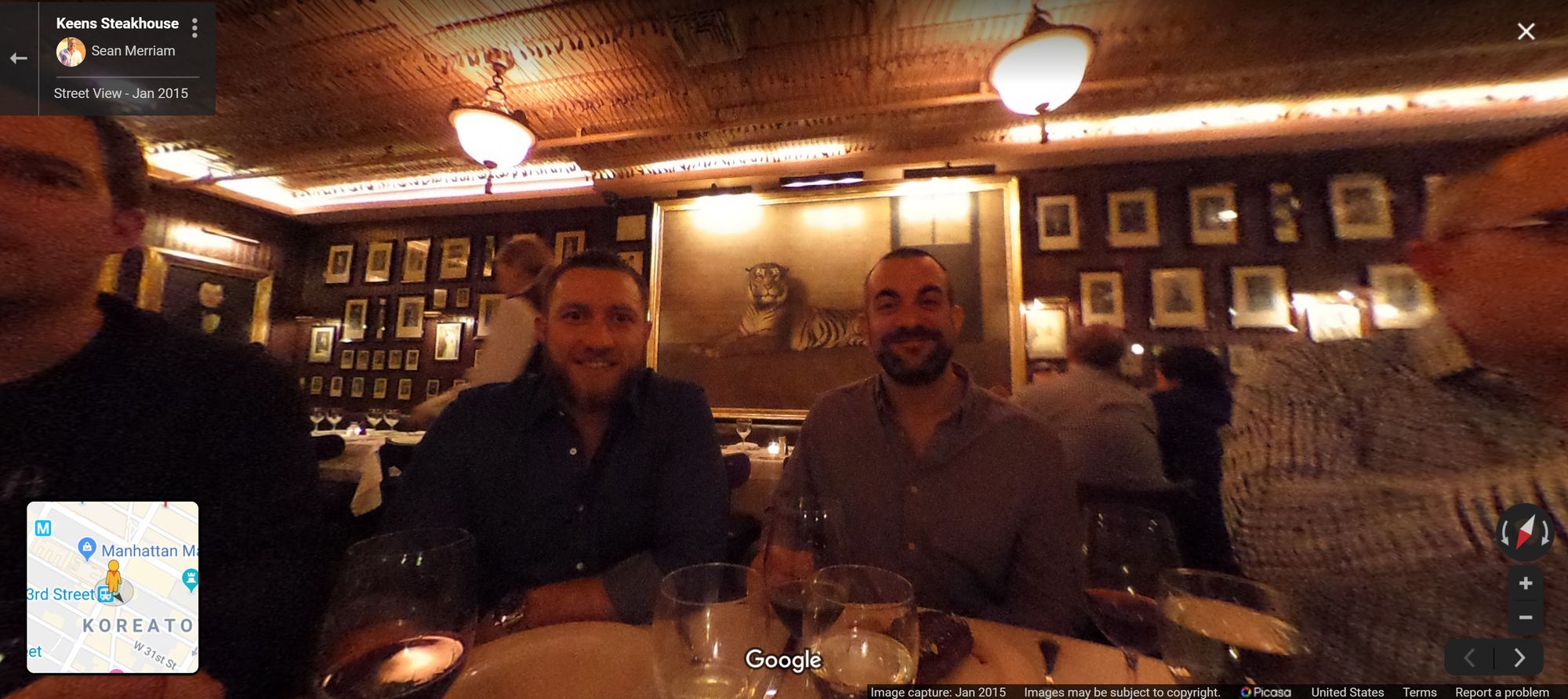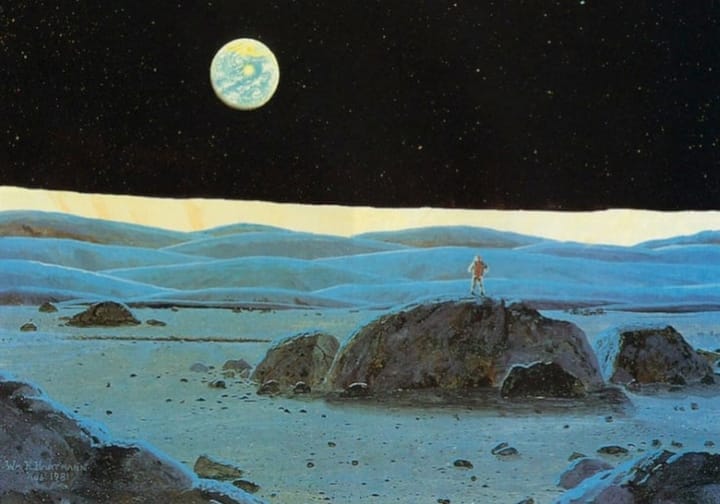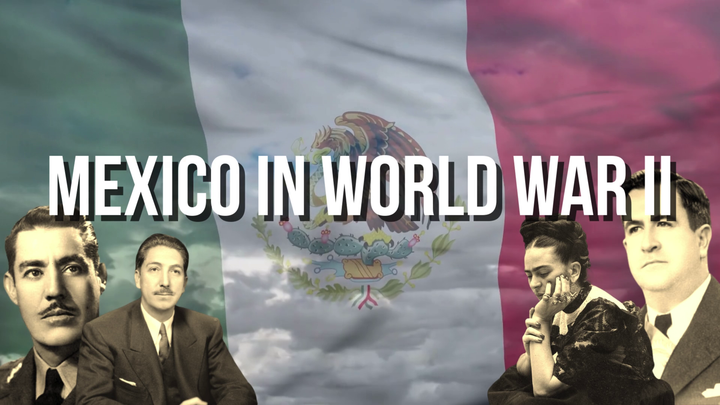All that sizzles: a geohistory of the great American steak houses.
The great American steak houses are about a lot more than just good steak. They tell a key part of the American story.

This article is a bit of a departure from the usual, though it's similar in form to one I did recently (on a much weightier subject). Today we're going to delve back into Google Maps--one of my favorite tools for presenting history--to tell the story of a great American culinary and cultural tradition: the steak house.
On the surface of it you might think there's nothing particularly noteworthy or historically significant about a certain kind of restaurant that we mostly take for granted. But, I'm not talking about just any restaurant where steaks and other carnivorous delicacies are a mainstay, but the culturally distinctive brand of steak houses that developed particularly in the middle of the 20th century and which are, with some fortunately wonderful exceptions, mostly gone now. As it turns out the history of these places is quite amazing in itself, which you'll see as we dig in.
All geolocations linked here are clickable and will bring up the locale on Google Maps; in many cases there are interior photospheres or street views. The geohistory technique is, for the record, heavily used in my online classes and webinars.

Keens Steakhouse, New York City
Coordinates: 40.7508, -73.98656
Restaurants featuring meaty cuts have existed since Colonial times, but the kind of restaurant I'm focusing on in this article has its roots in the late 19th century. Keens, at 72 West 36th Street, was founded in 1885 in what was then the theater district. Look at the image above--a party scene like this is rare on Google Maps--or better yet click the geolocation and tilt the 360 panorama upwards. Those strange stick-like things on the ceiling are clay pipes, which are quite fragile. In its early days Keens offered patrons the opportunity to store their pipes at the restaurant to avoid breaking them. Since then, hundreds of pipes belonging to famous people have found their way into Keens's collection, including the smoke stuff of Albert Einstein, J.P. Morgan and Douglas MacArthur, who more famously smoked a corncob. But the pipes are just the gimmick. Keens's reputation is built on its wonderful food.
Keens is a great American steak house, and is relevant to the cultural story of American steak restaurants, but it's still more of a forerunner than an exemplar. A place with this specific kind of historical and cultural reputation probably couldn't exist outside of Manhattan. The true Americanness of the steak house is better represented by moving farther inland, which we do in the next example.


